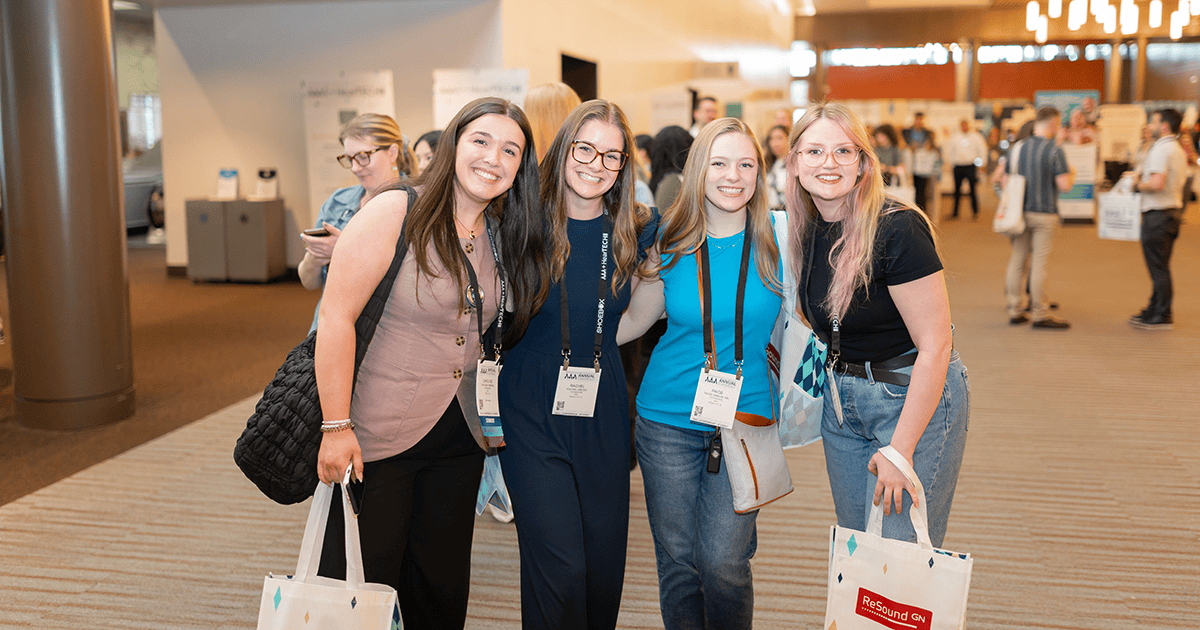In a provisionally accepted pre-print study conducted by Shi et al. (2025), non-pharmacological methods for a reduction in motion intolerance were explored. This study included 109 students with a history of motion intolerance from a Chinese university. Researchers looked for differences in Graybiel scores (a survey of symptoms related to motion intolerance) and cardiac changes (blood pressure and heart rate variability) before and after specific motion intolerance treatments. The researchers compared an electric rotating chair (ERG) group to a visual-motion cage rotating chair (VMC) group. Although both treatment groups showed improvement in Graybiel scores, blood pressure, and heart rate variability, those treated with ERG showed greatest improvement. This study supports the efficacy of motion-based non-pharmacological treatment for motion intolerance.
Specifics related to ERG and VMC can be more closely analyzed after this article reaches final print.
References
Shi L, et al. (2025) Effects of two kinds of vestibular function training on reducing motion sickness in college students. Front Neurol 16.
Recent Posts
Unlock the True Worth of Your Expertise
New Amplify Your Value Track at AAA 2026 Designed for audiologists and practice leaders, our new Amplify Your Value track empowers you to rethink how…
The Deaflympics Receives Sport and Performance Psychology Support
The Deaflympics will celebrate its 100th birthday this year. It is the second-oldest international sports competition in the world, second only to the Olympics. Sport and performance…
Support for Congenital Cytomegalovirus Screenings
Congenital cytomegalovirus (cCMV) is the number one cause of non-genetic sensorineural hearing loss (SNHL) in children. One in every 3 children is infected by age 5,…


